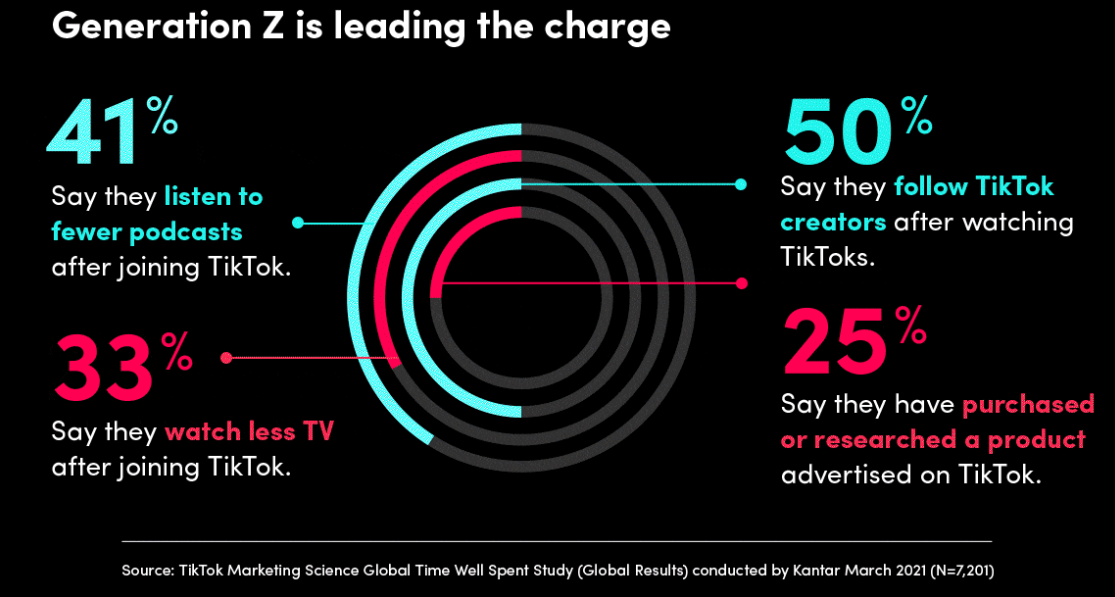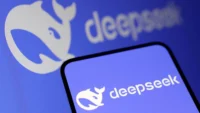Tech moves fast—stay faster.
Tech moves fast—stay faster.
Inside TikTok’s Secret Performance Review System—Why Only a Few Can Succeed


By Farhan Ali • June 23, 2025
A newly leaked internal document has lifted the lid on how TikTok, one of the world’s most influential tech companies, evaluates its employees. The performance review framework, used across TikTok and ByteDance’s divisions, emphasizes hyper-competition and strict quotas—making it almost impossible for most employees to land top ratings.
What the Document Reveals
The review system, conducted bi-annually, sets very specific rating limits:
- Only three employees per team may be awarded the highest scores.
- The top-tier rating should be limited to 10% or fewer of total employees.
- Managers are explicitly instructed not to refer to the system as a “forced distribution” or reveal the rating curve.
The instructions were reportedly circulated ahead of TikTok’s most recent review cycle and applied most notably in its fast-growing e-commerce division.

Forced Distribution, Rebranded
The approach is reminiscent of performance management strategies once used by Microsoft, Amazon, and GE—often referred to as “stack ranking” or “rank and yank.” These systems require managers to rate a fixed percentage of employees poorly, regardless of overall team performance. Critics argue such systems breed anxiety, diminish collaboration, and push out high performers simply due to quota constraints.
Why It Matters
In an industry that champions creativity and innovation, rigid review structures can create internal bottlenecks and suppress morale. Employees at ByteDance and TikTok have long voiced concerns over intense work culture, opaque promotion criteria, and burnout. This leak only fuels broader concerns about HR transparency in high-pressure tech environments.
TikTok’s Response
As of now, TikTok has declined to comment publicly on the document. Insiders suggest that executive leadership views the system as a necessary mechanism to reward only the most aligned contributors in a fast-scaling, highly scrutinized organization.
Broader Industry Trend
Many major tech firms are under increasing pressure to justify performance-based layoffs and salary freezes. Structured review systems, while efficient on paper, may now face renewed criticism for lack of nuance and human-centered design.
Conclusion
While TikTok continues to dominate global attention spans with its algorithm, the attention now turns inward—toward how it treats the people building it. The leaked document paints a picture of a company that prizes outcomes but risks undermining long-term culture for short-term structure.

Additional References:
- Business Insider (@businessinsider)
- Insider Tech (@insidertech)
- Financial Times Tech (@fttechnews)
- The Information (@theinformation)
- Protocol (@protocolnow)
Explore more
From Solo IP to Shared Ecosystems: Partnered Innovation Becomes the New Business Default
By farhan Ali • June 23, 2025 A quiet revolution is happening...
Rajasthan’s iSTART Program Funds 800+ Startups, Creates 40,000+ Jobs in Inclusive Innovation Push
By Farhan Ali • June 23, 2025 India’s startup revolution is no...
Five Bidders in the Race to Acquire PIA as Pakistan Advances Major Privatization Drive
By Farhan Ali • June 23, 2025 Pakistan’s federal government has shortlisted...
Immortal AI Unveils Three New Platforms to Transform African Market Intelligence
By Evolution Staff • June 23, 2025 Immortal AI, a Lagos-based AI...















Leave a comment